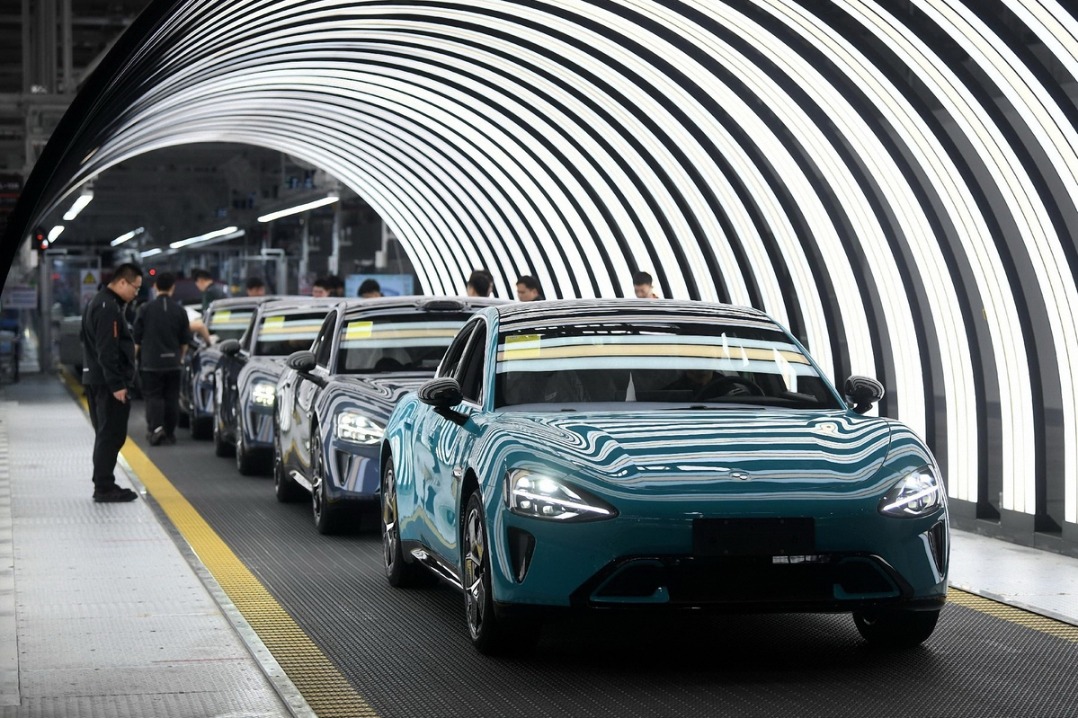'Idle generation' of unrealistic expectations
China Daily | Updated: 2021-12-17 08:03

National Bureau of Statistics data show that the urban survey unemployment rate was 14.3 percent in the 16-24 age group, and 4.3 percent in the 25-59 age group in November, both 0.1 percentage points higher than October.
That means young people are facing higher unemployment pressure. The service sector, which is the largest job creator in the country, is bearing the brunt of the impacts of the COVID-19 pandemic and the slowdown in growth.
The fall of fixed asset investment and the suspension of the high-speed development of the real estate industry also add to the pressure on the employment market.
To create enough jobs, the government needs to stabilize economic growth first. There should be more financial support and pro-business policies to invigorate market players.
However, the major challenge is the mismatch between the young people's expectations when job-hunting and the demands of employers. That explains the co-existence of manufacturing enterprises' labor shortage despite the robust export demand and the rising unemployment rate among the young people.
Young people, mostly the only child in their family, are more demanding than their parents' generation when it comes to jobs. Some of them choose to stay at home relying on their parents' income and savings for subsistence.
If this "idle generation" does not wake up to current realities, these young people will be weeded out in the job market due to their lack of skills and experience, and they will find that the younger generation has already replaced them.
To find a stable and decent job, some college graduates take part in the annual enrollment exams for civil servants year after year in the hope of obtaining an "iron rice bowl", or stable job in a government department.
Statistics show that 58 out of the 100 occupations with the biggest labor shortage in China are in the manufacturing sector, and it is estimated that the labor force gap in the 10 major manufacturing industries in China will reach nearly 30 million by 2025.
The country is trying to encourage more young people to go to vocational colleges. But many technical school graduates are not willing to work in factories.
With the number of workers from rural areas, who are the major source of workers for assembly lines today, declining as the country rapidly urbanizes, the labor shortage in manufacturing industries will only become more acute.
The unemployment issue can be temporarily eased through stabilizing growth. But the structural problem with the employment market cannot be resolved easily. It is a problem that needs attention.
























